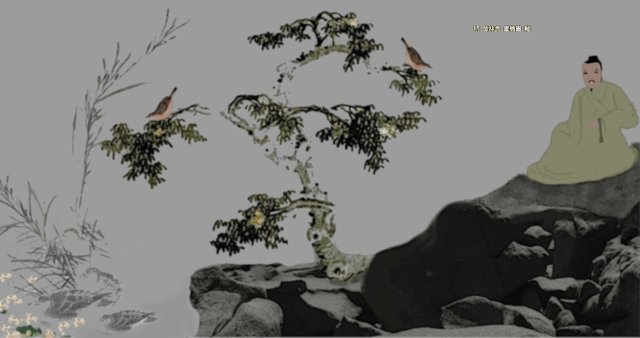
Who doesn't want a better brain, a more productive and creative brain? With the tools of modern science neurologists and psychologists have been trying to understand how we might work toward such a goal. Last week I wrote a blog about neuroconnectivity. I explained that the more creatively engaged we are, the more neuroconnectivity, or plasticity, our brains develop. Besides creative engagement, there are other ways to "grow" our brain. One of these has been around for thousands of years.
Meditation: Good for the Brain
"Fishermen", by Wu Zhen, fourteenth century, Yuan Dynasty, China. Public domain
A study out of the University of Wisconsin looked at the effect meditation has on the brain. In this study, novice, intermediate and advanced meditators were compared. Among the advanced were some Buddhist monks. What the study showed was that the "...regions of the brain that are intimately involved in the control and regulation of attention, such as the prefrontal cortex, were more activated in the long-term practitioners". A perhaps more significant finding was that in the most advanced meditators, there was little change in activity in these areas of the brain at the commencement of a meditation session. The researchers conclude that the brains of these practitioners have essentially been 'trained' so that they can meditate "effortlessly".
"Portrait of Yang Zhui", (excerpt) by Wang Yi and Ni Zan. Fourteenth Century, China, Yuan Dynasty. Public domain
Rick Hanson, a psychologist at UC Berkeley, describes the changes that occur in the brain of habitual meditators. In his article, Self-Directed Neuroplasticity, Mindfulness, Hanson characterizes meditation as "self-directed neuroplasticity", and describes organic changes that are evident in the brains of people who regularly meditate. According to Hanson, the prefrontal cortex of these practiced meditators becomes thicker. He explains that this area of the brain is important for paying attention. Hanson also describes a thickening of the insula, which he explains is important for self-awareness and empathy. He explains that experienced meditators show slower cortical thinning as they age. This effect, according to Hanson, extends to the hippocampus. He also describes an increase in "gamma range brainwaves". This effect seems to enhance neuroplasticity.
In yet another article, published (2019) in Progress in Brain Research, a group of researchers from Italy came up with a Brain Theory of Meditation, BTM. The researchers enlisted the cooperation of Buddhist monks in their study. The conclusion? "Meditation thus provides a meta-function for an efficient brain/mind regulation, and a flexible allocation of highly limited and often constrained ... brain activity resources..." In other words, meditation allows us to marshal scarce resources and helps us to more efficiently manage the connectivity of different brain areas.
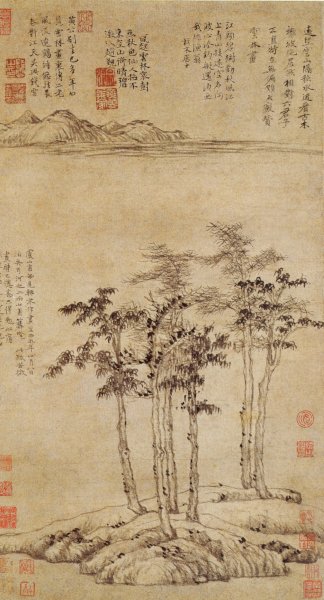
Six Gentlemen, by Ni Zan. China, 1345. Public domain
There is growing acknowledgment and utilization of monks' expertise in understanding the neurological effects of meditation. In 2017, The Atlantic published an article in which the Chair of Psychology at Harvard, Stephen Kosslyn, is quoted as saying, " I want to begin with a declaration of humility in the face of the sheer amount of data that the contemplatives are bringing to modern psychology.”
Literati Art
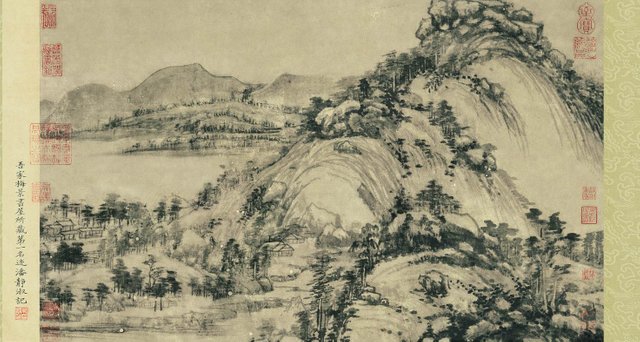
"Dwelling in the Fuchun Mountains"(first half), by Huang Gongwang. 1350, China. Public domain.
In The Chinese Literati on Painting: Su Shih (1037–1101) to Tung Ch’i-ch’ang (1555–1636), author Susan Bush identifies meditation as a distinguishing factor in the Chinese literati artists of the Song Dynasty. This style of painting blossomed in the succeeding Yuan Dynasty. In literati painting, the goal is to represent the idea of something, rather than the physical characteristics of that thing.
Bush quotes one Song-era literati artist, Mi Yu-jen, "Often in quietness I sit in meditation and forget all the worries of the mind and share my wanderings with the emptiness of the blue void."
The most well-known literati painters are probably the [Four Master of Yuan--Huang Gongwang, Ni Ze, Wang Meng, and Wu Zhen.](https://www.britannica.com/art/Four-Masters-of-the-Yuan-dynasty) These artists painted during the Yuan Dynasty, when Mongols ruled China. The regime was so harsh, that elite Chinese scholars withdrew into lives of seclusion. Each of the Four Masters became, at some point, a Daoist monk.Increased Blood Flow in the Anterior Cingular Cortex
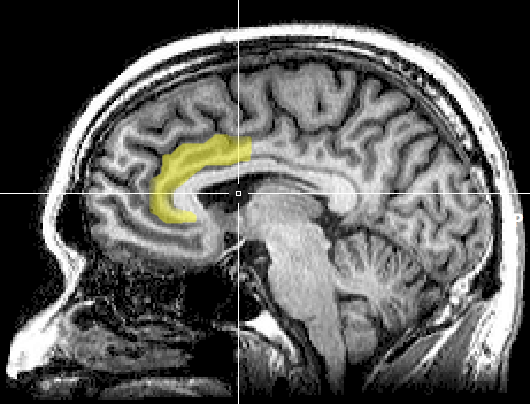
A study, Short-term Meditation Increases Blood Flow in Anterior Cingulate Cortex and Insula, published in Frontiers in Psychology, looked at how short-term meditation affects mood. Half-hour meditation sessions were combined, for five days, with relaxation training. Brain scans traced neural activity of the subjects. There was increased blood flow evident in several areas of the brain: "subgenual/adjacent ventral anterior cingulate cortex (ACC), medial prefrontal cortex and insula". However, this effect was evident in the insula and cingulate cortex only during meditation.
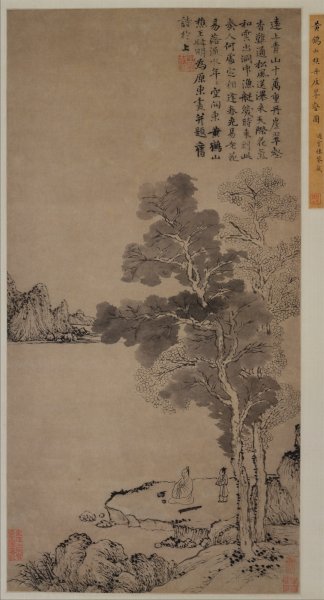
Hanging Scroll, Ink on Paper, by Wang Meng. China, 1367. Public domain.

Emulation in Literati Art and @shaka's Contest
The picture at the top of the page was not made by a literati artist. It was made by me, digitally. It is a pastiche of images taken mostly from the work of literati artists. At the end of this blog, each of these artists will be identified. All work is in the public domain.
Copying or emulating the work of other artists is respected among the literati. It is believed that the artist who reproduces work shows character through the use of the brush. And it is character which is important in literati painting.
How I Came Up with the Idea
China has been much in the news lately, so it was on my mind when I saw @shaka's photo for his #letsmakeacollage contest this week. Also, I wrote a small book on literati art a couple of years ago, so it was natural for me to mine that experience when I started coming up with ideas for my collage.
I've taken a look at some of the other entries for the contest so far, and they are remarkable. Please head over to @shaka's blog and have a look.
@shaka's photo
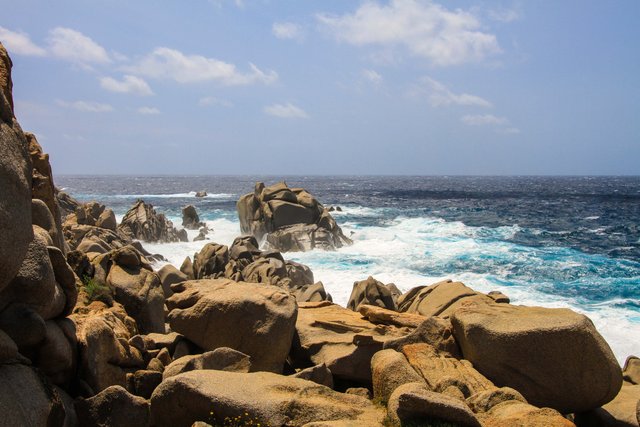.jpg)

Mihaly Csikszentmihaly and the Flow Theory
In 1990, Mihaly Csikszentmihalyi, former head of psychology at the University of Chicago, published a book, "Flow: The Psychology of Optimal Experience". The book became became a best seller, and was influential in the psychological community. In his book, Csikszentmihalyi describes 'flow' as a state of such total concentration and focus, that everything else fades away. He explains that not only is achieving a state of flow the path to greater productivity, but it is also the path to happiness.
While some people have called Csikszentmihalyi's Flow Theory, a theory of happiness, others have called it a theory of learning. Still others consider it a theory of work. Edward Hallowell, writing in the Harvard Business Review, for example, explains, "Your goal should be what Mihaly Csikszentmihalyi calls “flow,” the state in which a person is so caught up in what he’s doing that he loses self-consciousness. That is when people perform at their best."
It is said that athletes approach a state of 'flow' when they're in what they describe as a 'zone'. They are so completely absorbed in the task that nothing else matters, or even exists for them, in that moment of intense concentration.
By the way, if you glance back a couple of paragraphs and read Mi Ju-jen's description of his artistic process, it sounds a lot like Csikszentmihalyi's 'flow'.
My Collage
I was definitely in a state of 'flow' as I constructed my Homage to Literati. Here are the separate pieces:
Ni_Zan_Portrai_Yuan, unknown author. China, Yuan Dynasty (approximately fourteenth century). Public domain
Lotus Flowers

Pink and White Lotus, unknown artist. China, Yuan Dynasty. Public domain.
Tree
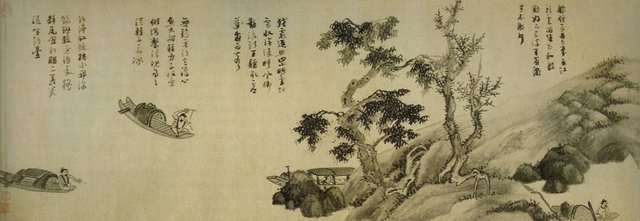
Fishermen, by Wu Zhen. China, fourteenth century. Public domain.
Birds
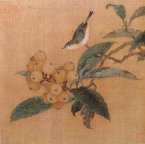
Loquats and Mountain Bird, by anonymous. China, fourteenth century. Public domain.
Ducks, Reeds and Chinese Characters
Ducks and Reeds, by Lin Liang. China, fifteenth century. Public domain.
Chrysanthemums
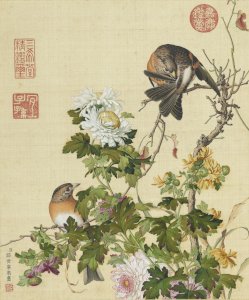
Xian'e Changchun Album 08, by Guiseppe Castilione. Between 1722-1725. Public domain.
And of course, @shaka's original picture
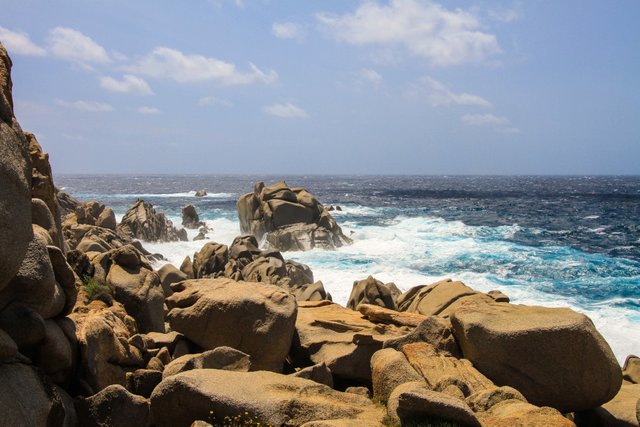
It all comes together :) in
Homage to Literati
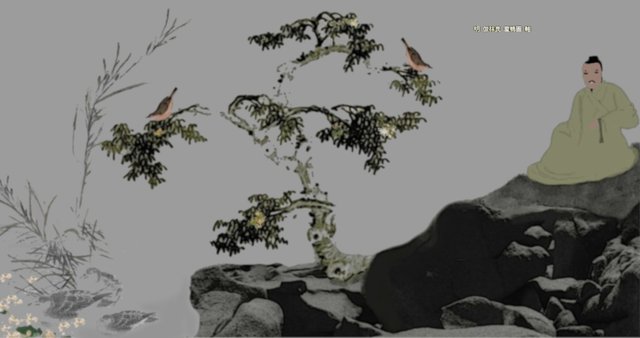

Some Resources Used in Writing This Blog
-
Center for Healthy Minds, University of Wisconsin: *Brain Scans Show Meditation Changes Minds, Increases Attention
-
Annual Review of Neuroscience,Mechanisms of Gamma Oscillations
-
Progress in Brain Research Toward a Brain Theory of Meditation
-
The Atlantic, Buddhism and Neuroscience
-
*The Chinese Literati on Painting: Su Shih (1037–1101) to Tung Ch’i-ch’ang (1555–1636)*
-
Frontiers in Psychology, Short-term meditation increases blood flow in anterior cingulate cortex and insula
-
Carleton College, Ancient Masters in Modern Styles
-
Claremont Graduate University, Mihaly Csikszentmihalyi
-
John Spencer, Five Ways to Boost Student Engagement with Flow Theory
-
Edward Hallowell, Harvard Business Review
-
Athletes Insight, [The Zone: Evidence of a Universal Phenomenon for Athletes Across Sports] (http://www.athleticinsight.com/Vol1Iss3/Empirical_Zone.htm)
-
Sci 2 Art, Eric Kandel: Understanding the Unconscious in Art, Mind, and Brain
Originally posted here: https://steemit.com/steemstem/@agmoore2/the-brain-meditation-1558378172
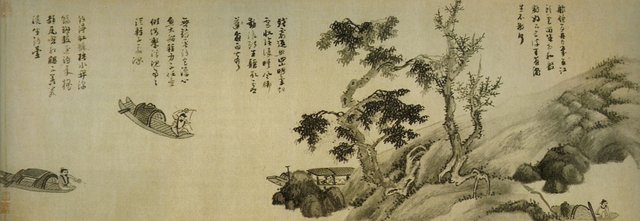

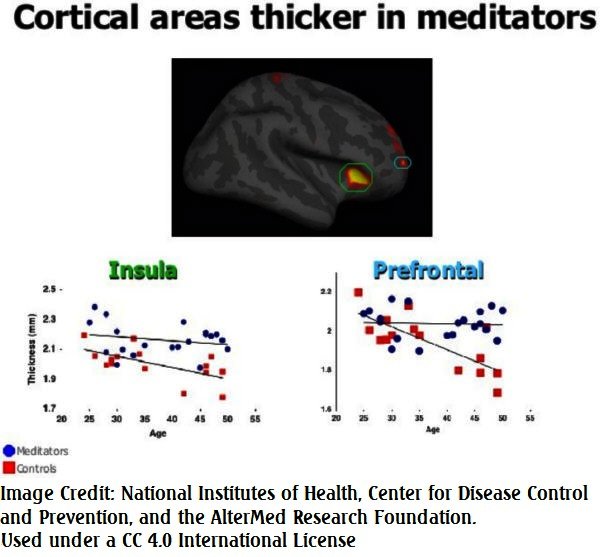

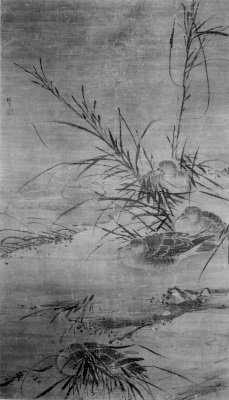
No comments:
Post a Comment